OK. Let's say that I have 2 images. The first is a set of lines that form a grid with a circle. The second is the same grid and circle DISTORTED. The second image is the distorted result of the first image when it is stretched over a 3D solid.
What I want to do is morph the circle in the second distorted image to where it would be in the first image before distortion. Stated differently, I want to predict what shape the circle needs to be before distortion so that when it is distorted it ends up looking like the perfect circle in the first image.
The grid is only there as an aid, I am really interested in the circle. The circle is just an idealized image. In real life the "circle" represents a graphic of some kind. The two images would be actual scans from the sheet before and after distortion. The distortion is also just idealized. In real life it is more complicated than this.
I am open to commercial software or using Matlab or other software to write something. I just have no idea where to start on this one. All ideas are appreciated.
BTW...here is a post that is somewhat similar in nature.
Original - Undistorted image:

After distortion:
